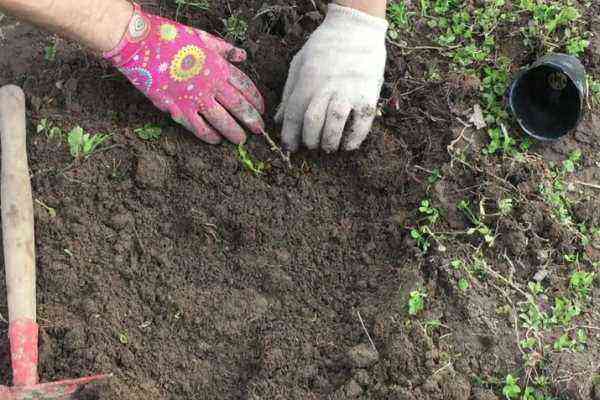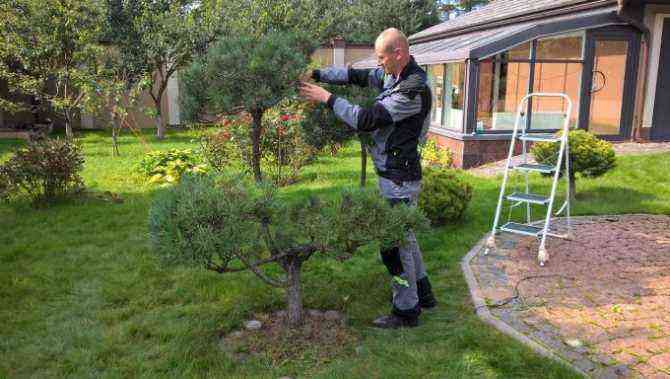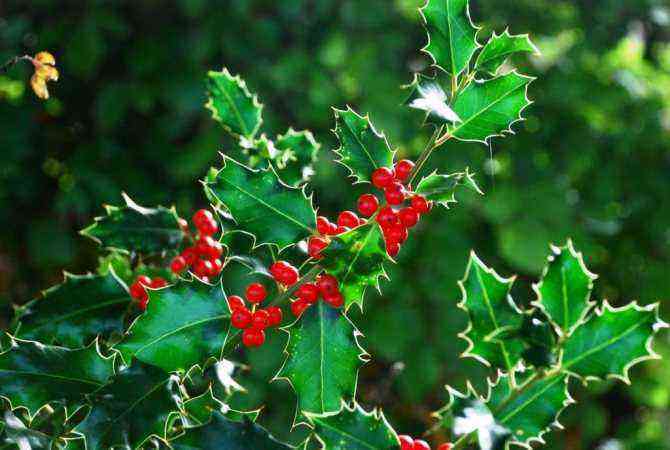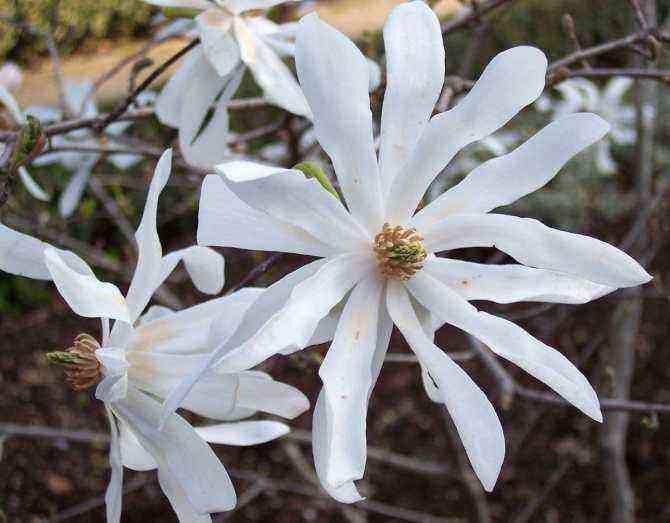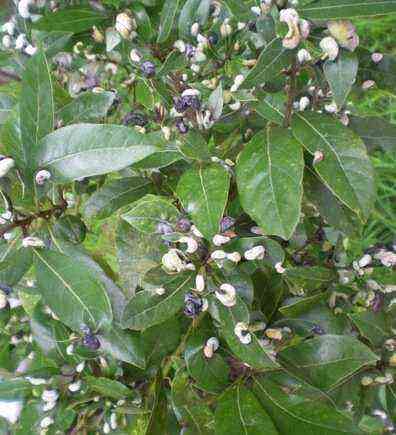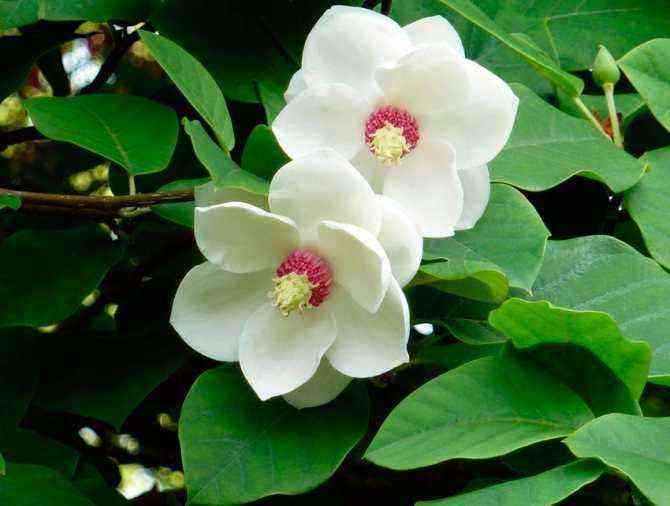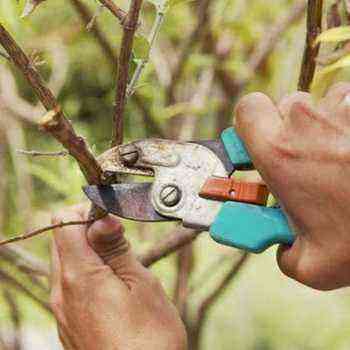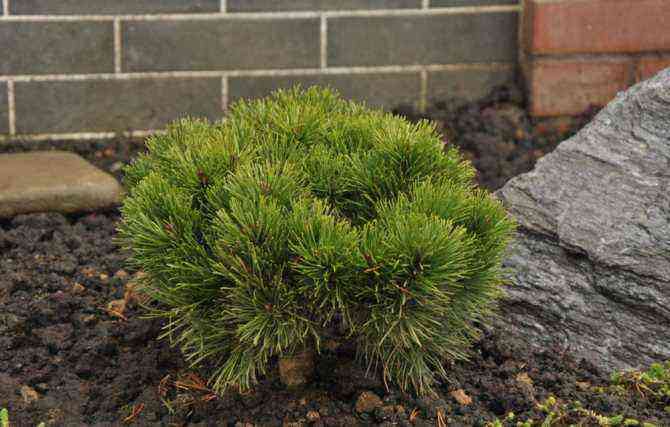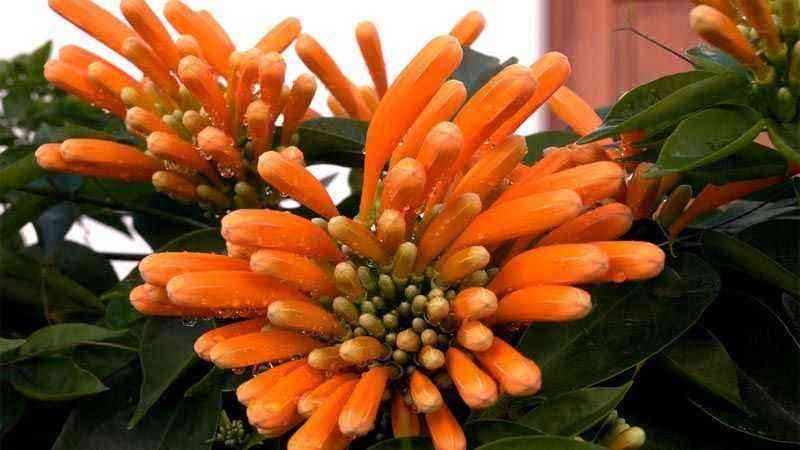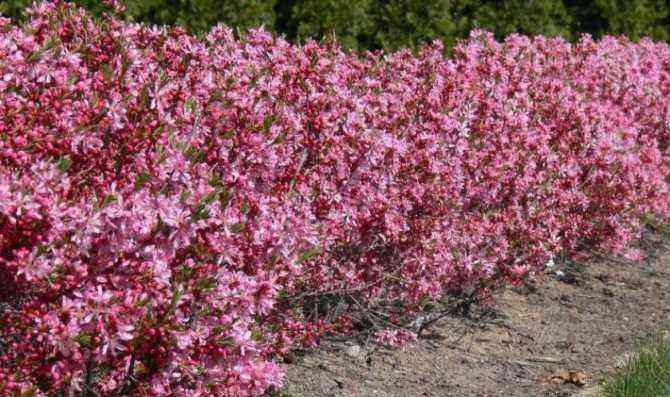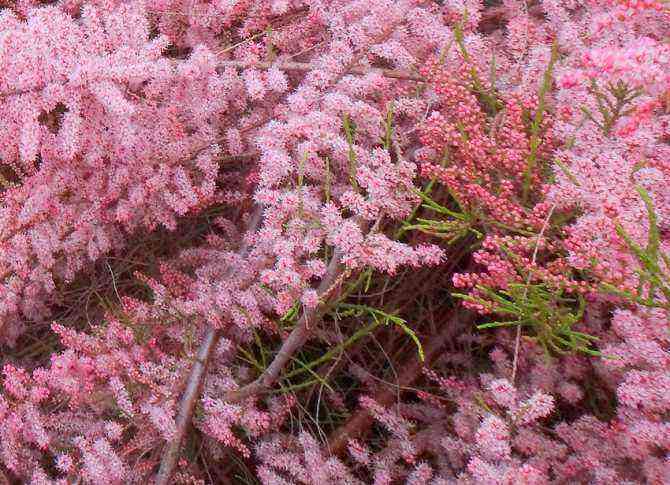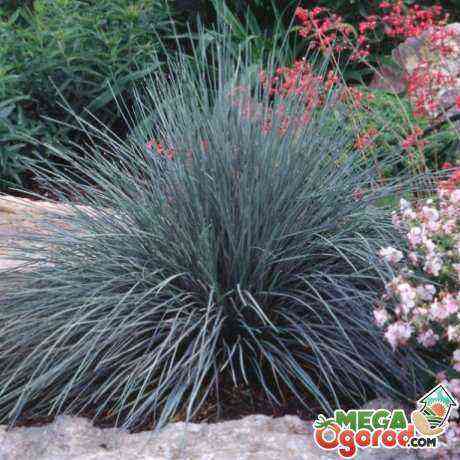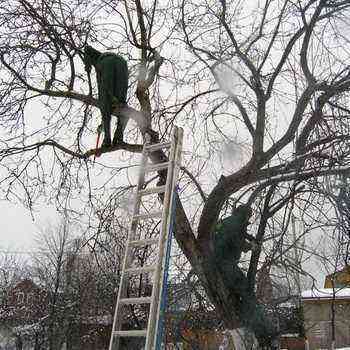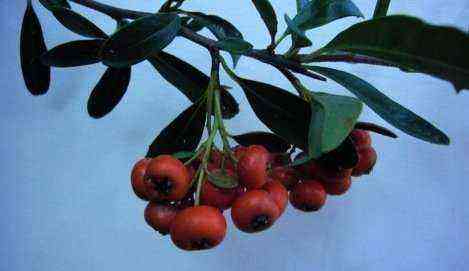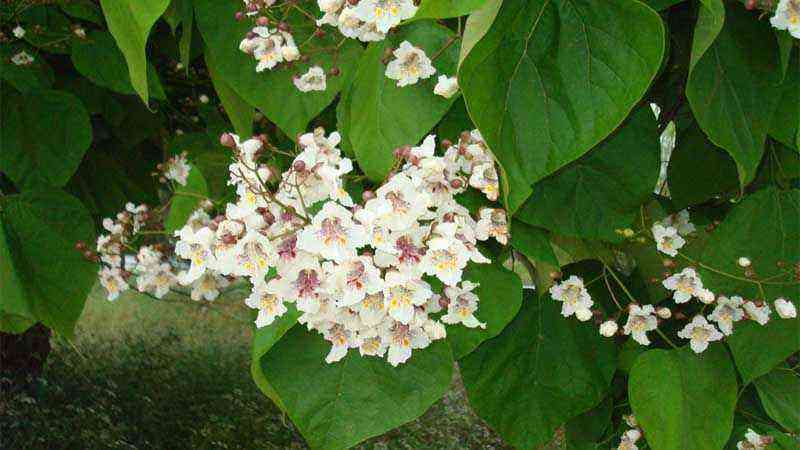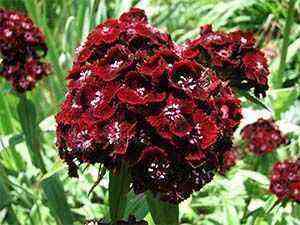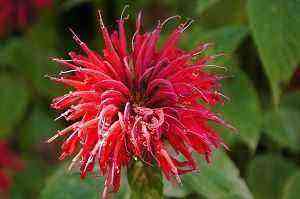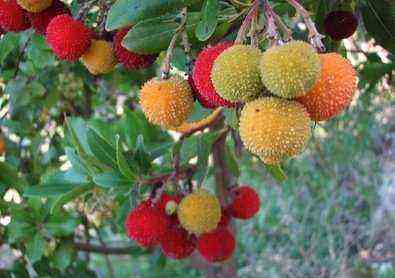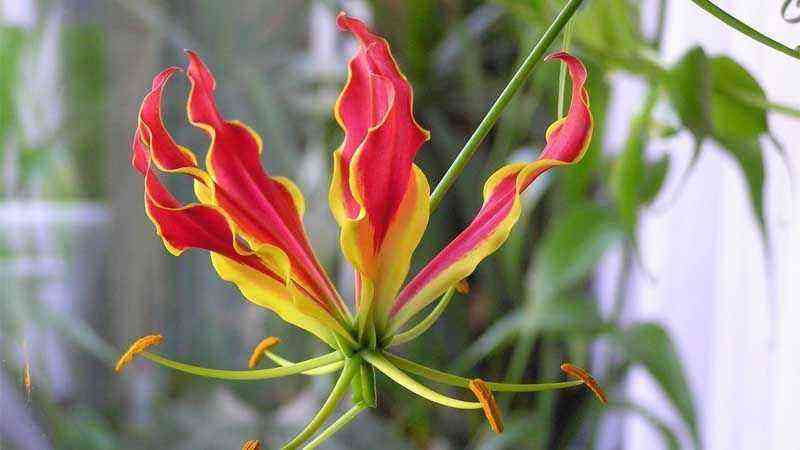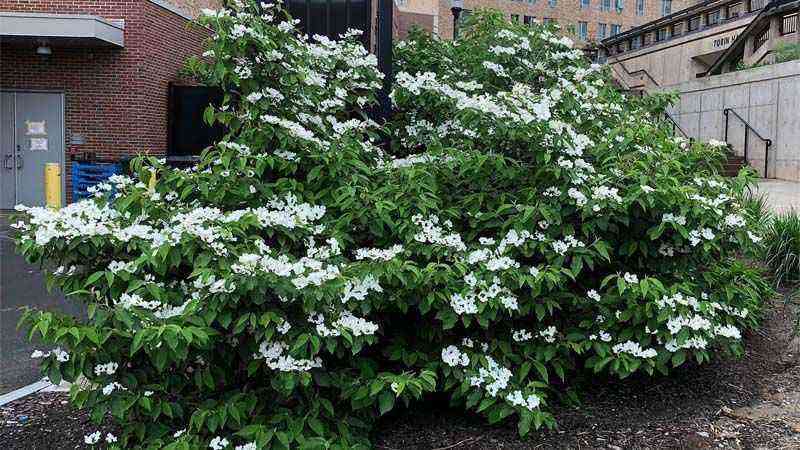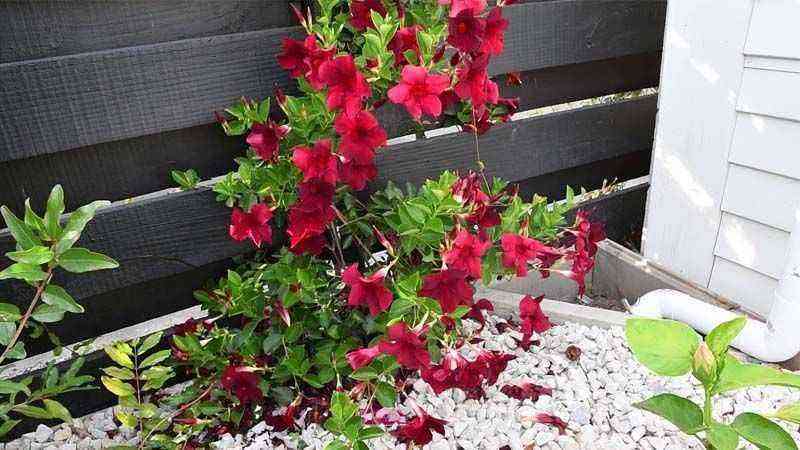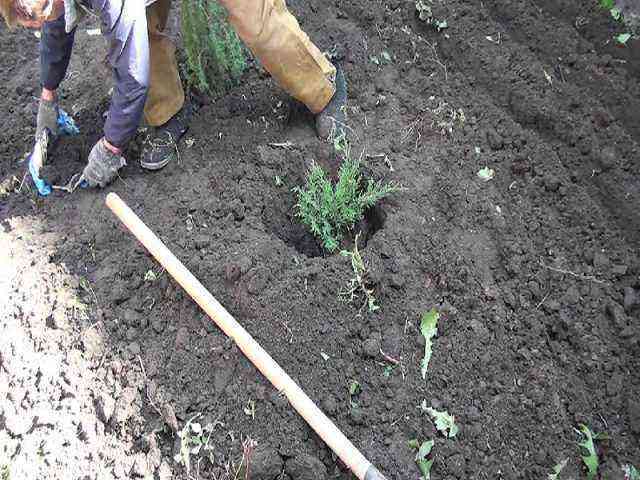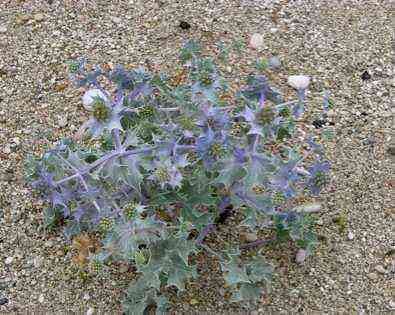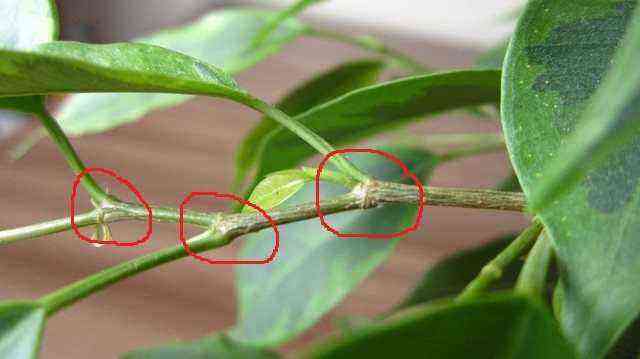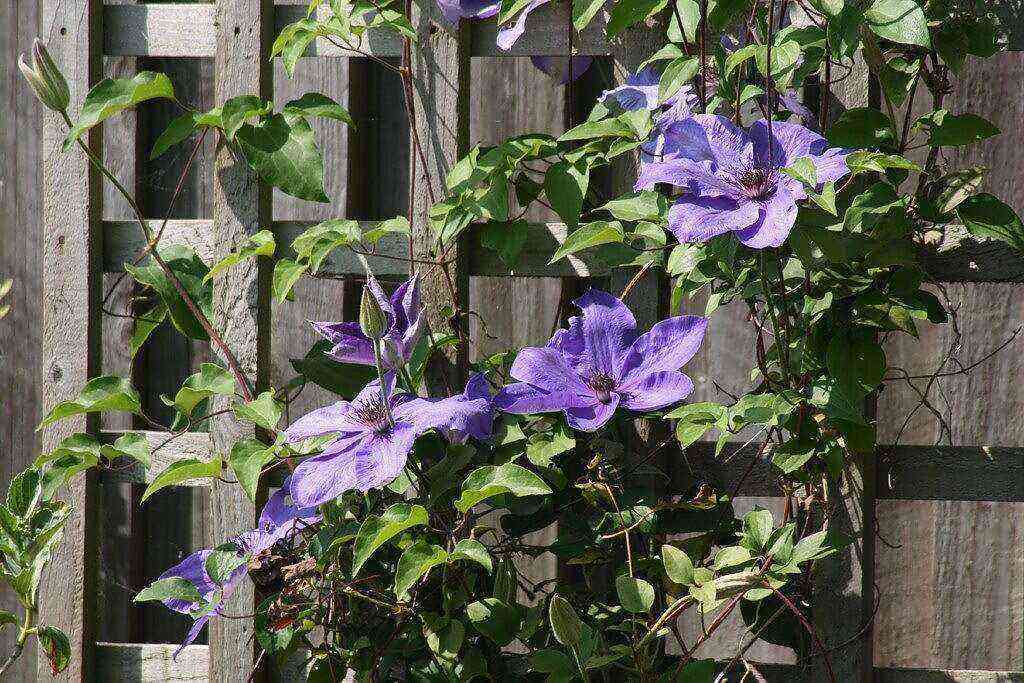Willow is a symbol of spring, because it is the majority of these woody plants that bloom in the spring, first of all, even before snowdrops, lumbago, and woods.
In Russia, willow (willow) flowers begin to be harvested on Palm Sunday even before it blooms, willow branches symbolize good intentions, well-being and health, many consider it sacred.
Willow flowers are useful as well as bark; several centuries ago in Russia it was customary to bake pies with young shoots covered with willow flowers.
history of the holiday
Palm Sunday is one of the most important holidays for Christians. It is considered a symbol of Jesus’ recognition as the Messiah. Willow branches became an attribute of the holiday, which are consecrated during divine services, and then decorate the icons and windows of their home.
The holiday is associated with the solemn entry of Jesus Christ into Jerusalem. This happened soon after the famous resurrection of Lazarus from Bethany took place. The news of this event quickly spread to the nearby villages. Jesus appeared in the city on a donkey, as a messenger of peace, along with a retinue of the apostles. The Jewish people recognized Christ as the Messiah, who came to deliver them from bondage, sin and death. The whole path of Christ was strewn with palm branches and flowers, the inhabitants put clothes at his feet.


Palm Sunday
In memory of this event, palm branches are consecrated in Orthodox churches on Palm Sunday, which symbolize those with which they greeted Christ. For the Slavic peoples, they were replaced by the white willow, which grows in their climate. She is the first to blossom and sprout. From the willow branches used in worship, and named the holiday.
Why is the willow dreaming
The meaning of the dream in which the willow is present depends on what it is and what a person does with it.
- In general, to see a willow in a dream is a good dream, talking about the luck and success of all undertakings.
- A palm branch in the hands portends encouragement and a quick reward for the work done.
- A tree bent over water promises trouble and difficult days. Seeing a willow whose branches touch the ground portends an imminent family grief.
- If a pussy willow blooms in a dream, it means that bad days will pass and good luck will return.
- A broken branch signals problems in family relationships.
- Marriage foreshadows a dream in which the pussy willow is in the church.
- Destroying a tree speaks of a deep sense of guilt towards loved ones.
- Irritation due to lack of time signals a vision in which a person lowers a branch into the water. It is necessary to analyze your actions and highlight the main thing, and discard all the insignificant aside.
- To receive a willow from someone means that someone close to you requires your help.
- Selling willow on the street foreshadows a difficult situation in which one of your friends will find themselves. It is worth reconsidering your relationship with friends and finding a person who requires the help of a neighbor.
Traditions and rituals of the holiday
On Palm Sunday in Orthodox cathedrals, festive services are held with the consecration of willow branches.
The celebration begins the night before, when believers come to church for an all-night vigil. During the service, the priest reads Psalm 50 and the Gospel. The parishioners hold candles and willow twigs until the end of the service, when the willow is sprinkled with holy water. The consecration of the willow also takes place on Sunday, during the Liturgy of St. John Chrysostom.
On the eve of the holiday, you need to prepare twigs. You need a white willow tree, where there are no broken and dried branches, hollows and trunk damage. The branches are cut from young trees. For harvesting, it is not recommended to use trees near water bodies and cemeteries. According to legends, there may be evil spirits on them.
Traditionally, in the family circle, children and adults are whipped with branches with the verdict: “I am not hitting, the willow beats!” Carrying out the ritual is able to protect against the evil eye and evil spirits. The willow sprinkled on the holiday was also whipped to newlyweds and young girls so that they gave birth to more healthy children.
Consecrated branches are placed in the corner near the icons and stored until the next holiday, believing that they will protect from misfortunes. Then they are burned or thrown into a pond, but in no case are they thrown away or trampled underfoot.
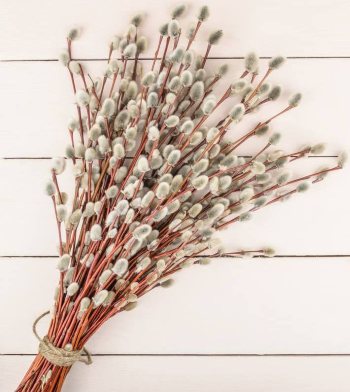
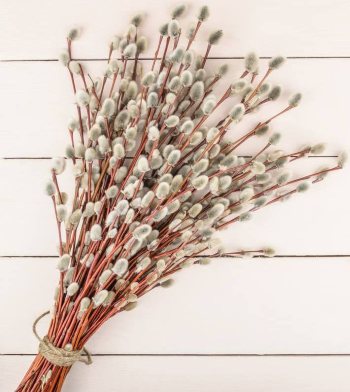
Willow branches
On this holiday, folk healers go to harvest willow buds. It is believed that the prepared infusions contribute to the preservation of male strength and the conception of a child in women. Housewives keep willow buds to add to pies. Such baked goods will protect household members from various diseases.
Girls are engaged in love spells for future betrothed. For this purpose, they use gypsy magic. It is necessary to break several branches from the willow and tie them with a red thread. At the same time, they think about the groom and keep the bundle under the images. Throwing away the bundle is prohibited, because this way you can break your life and young men.
In some regions there is a long tradition of holding fairs and bazaars on Sundays. They organize walks with entertainment for children and adults, unusual treats. Folk craftsmen are also involved. They trade in handicraft goods and cherubs, which are willow branches decorated with figurines of angels.
Palm Sunday in 2020 is celebrated on April 1st.
What kind of willow tree?
The holly willow (this is the official biological name of the red willow) is one of the many species of the Willow family. The presence of many (about 500) close relatives has led to the fact that the description of the willow for an ordinary man in the street has become a real mystery. Often confused with weeping or basket willow, or undeservedly singled out into a separate family. In different regions, this plant can be found under the names krasnotal or shelyuga.
What does a willow tree look like?
Holly willow (willow) can have the appearance of both a tree and a tree-like shrub, depending on the growing conditions (soil composition, winds, winter frosts, and so on):
- The willow tree height can reach 10-12 m.
- It is a strong plant with thin, sturdy (twig-like) shoots covered with red-brown or bright red bark. The branches are directed upwards and form an oval crown.
- The buds are elongated, appressed, glabrous. Stipules and leaves are elongated lanceolate. The color of the leaves is dark green above and bluish-gray at the bottom.
- Flowering begins before the leaves appear, in March-April. Blooming willow is very picturesque. At first, buds covered with whitish fluff – male flowers – swell on the branches. As they mature, pollen appears on them, changing the color of the cannon to yellow. Women’s flowers look like earrings.
Willow and willow – differences
The main sign of how to distinguish the willow from other trees, including the willow family, is its early flowering. Fluffy buds, in some regions called “cats” because of the emerging associations with soft fur, adorn the branches long before the leaves open. Earrings on most other willow species can be seen much later, simultaneously with the leaves. Another distinguishing feature is the color of the bark. In the willow, it is bright red or red with a brown tint.

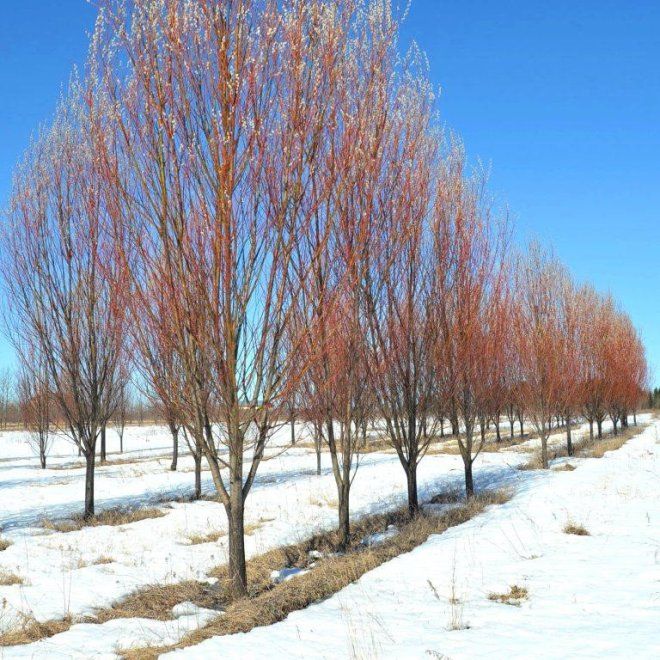
Willow tree – can I plant at home?
According to the signs, the willow of the house in the form of branches consecrated in the church protects its inhabitants from the evil eye and diseases, and the one planted on the site does not bode well for them. There is a belief that the life of the one who planted this plant will end at the moment when the thickness of the trunk of the willow seedling becomes sufficient to make a handle for a shovel out of it. True, it is worth noting that the willow grows slowly, so its owner has every chance of living a long and happy life.
If we consider the cultivation of willow from a purely practical point of view, discarding all superstitions, then this is not a difficult task. Unlike many of its tribesmen from the willow family, the holly willow does not require the obligatory proximity of the reservoir. It is well accepted in all areas with light and nutritious soil. Often, during the time when the pussy willow branch cut for the holiday is in a vase of water, it manages to sprout roots and is quite suitable for further cultivation on the site.
Signs and beliefs
The holiday is endowed with a mystical aura. On this day, the harvest was predicted, ceremonies were performed for healing, attracting good luck and prosperity. Here is some of them:
- Planting or transplanting an indoor flower on Palm Sunday will bring prosperity and prosperity to the house. If it goes well and grows, then it is worth waiting for a profit. In case of wilting, prepare for losses.
- Good weather on Palm Sunday heralds a high fruit harvest.
- Before starting an important business, you should eat three willow buds from the twigs brought from the temple on this holiday. And they will help attract good luck.
- To get rid of headaches, such a ritual will help. You need to comb your hair thoroughly and collect it from the comb. Then put it in water and pour everything under the willow root.
- White willow will help single girls dreaming of getting married next year. You should go to a young tree before dawn and break branches. Put them at the head of your bed and think about your beloved all day.
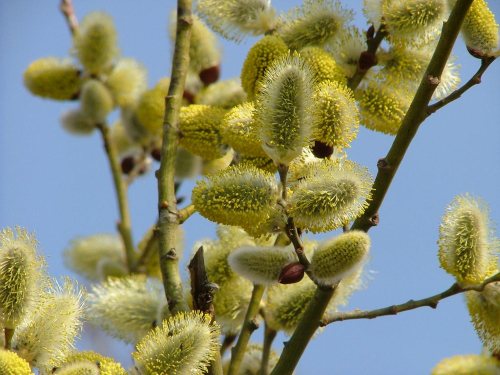
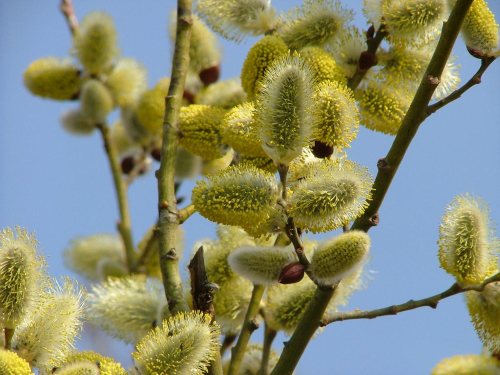
White willow
Cultivation of willow
In order for the willow in the yard to feel as comfortable as possible, to grow quickly and not wither, you will have to make some efforts:
- do not rush to plant a branch in open ground;
- choose the right place for landing and prepare in advance;
- regularly make fertilizers;
- provide the necessary drinking regime and protection from pests.
Where to plant the willow?
What is good about the willow is that the places “rejected” by other shrubs and trees are suitable for planting it: lowlands with a close occurrence of groundwater, not too fertile and shaded corners of the garden. She will feel great next to a cesspool, where it is always wet and lacking in nutrients. If you are interested in whether it is possible to plant a willow tree near the house, then the answer is positive, the main thing is to avoid the open sun and do not forget that over time the root system of the plant grows and can damage the foundation of the building.
Willow planting
Famed for being an unpretentious plant, the willow is a tree whose planting requires compliance with the following rules:
- A planting site for a holly willow should be prepared in advance, about six months in advance. During this time, the earth will have time to overheat and settle down, which will help the seedling to settle down more easily in a new place. The land on the site is carefully dug up, removing all the roots of perennial weeds.
- A pit for planting will require a large one, at least 1m³. A “layer cake” is placed on the bottom to create the right atmosphere for the root system. The first layer of plant debris: thin twigs, foliage, grass, sawdust, and so on. Sawdust and branches can be used not just any, but only from deciduous trees. The second layer consists of organic matter: rotted manure, compost. The third, final layer will be the fertile layer of the earth.
- The weather also contributes significantly to the outcome of the case. Cloudy and even rainy weather gives additional chances for the willow to take root in the garden. A plant planted on a dry and clear day runs the risk of drying out on the root.
- A pussy willow seedling is placed in a pit with a slight slope to the north side so that the crown forms beautifully and evenly.
How to care for a willow?
Even well-rooted pussy willow cuttings after transplanting into open ground often dry out quickly. To prevent this from happening, the care of the willow must necessarily include abundant regular watering. Their frequency depends on weather conditions, but ideally, the ground around the tree should always be slightly damp. The first time after planting, the soil in the trunk circle should be thoroughly cleaned of weeds and loosened, followed by the introduction of complex fertilizers.
Twice a year, the willow tree needs to be treated from pests that love to arrange colonies under its tender juicy bark. In autumn (at the very beginning of leaf fall), it can be sprayed with Bordeaux liquid (3%), and in spring (before the appearance of buds), it can be treated with copper sulfate (1%). As a preventive measure, it is recommended to remove all fallen leaves from the near-trunk circle where the willow grows and in the fall to dig deeply around the soil.
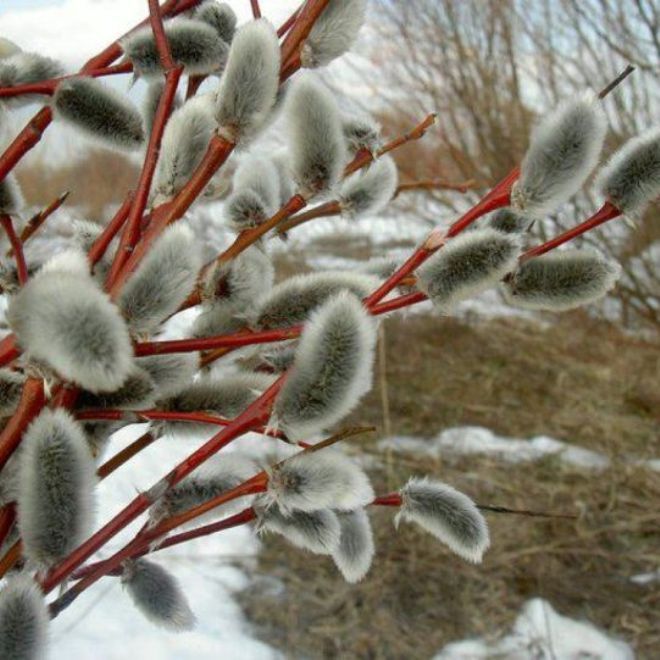

Willow tree – reproduction
All types of willow lend themselves well to vegetative propagation, and the willow is no exception. There is an instruction on how to grow a tree from a willow twig:
- We prepare the cuttings. You can cut them at any time of the year, but it is better to do this in early spring.
- We root the cuttings in water or wet sand.
- We plant the stalk in the school. It can be either a special protected garden bed or a regular flower pot. It is important that the first time after planting, the cutting does not experience a moisture deficit and is protected from weather vagaries.
- The accepted seedling is determined for a permanent place.
Medicinal properties
Young shoots of willow and bark are endowed with medicinal properties. The bark contains tannins, pectins, flavonoids, ascorbic acid and vitamins, glycosides, trace elements and salicin, which acts as an antibiotic.
Willow has analgesic and anti-inflammatory effects, relieves fever and soothes the nerves. Effectively stops bleeding. She is a good diuretic and choleretic agent. Disinfects wounds and speeds up their healing.
Traditional medicine recommends the white willow in the following cases:
- For colds and headaches
- As an expectorant for coughs
- For the treatment of gout, osteochondrosis and rheumatism
- For diarrhea, dysentery, jaundice and malaria
- In case of arrhythmia and inflammation in the oral cavity
- For inflammatory diseases of the digestive system and bladder
- For the treatment of varicose veins and the fight against sweating of the extremities
- Topically used for ulcers and eczema
The bark is removed from trees over 6 years old in early spring. Plates 1-4 mm thick are crushed and dried in the sun until they become brittle.

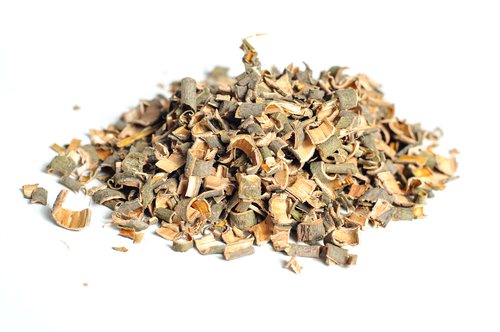
Bark
2 Are willow and willow the same thing?
This statement is completely unfounded and is spread either by ignorant people or by sellers who need to sell their willow fake. In fact, these are completely different plants. Of course, these trees can be called distant relatives, they belong to the willow family, but this does not mean their identity at all. If you give an illustrative example: it’s like saying about pine and spruce that this is one species, well, conifers.
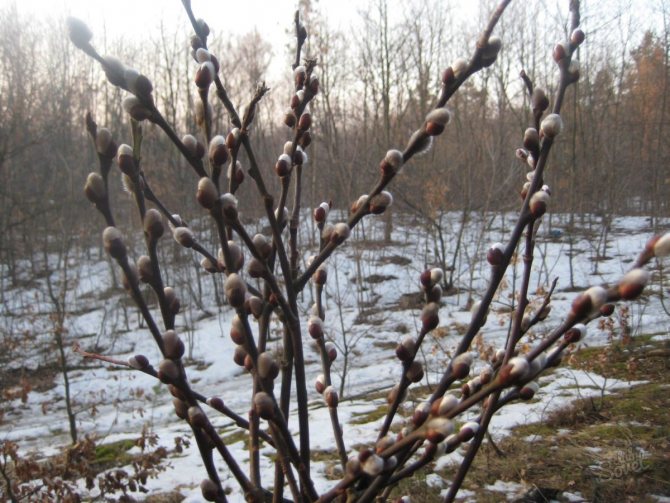
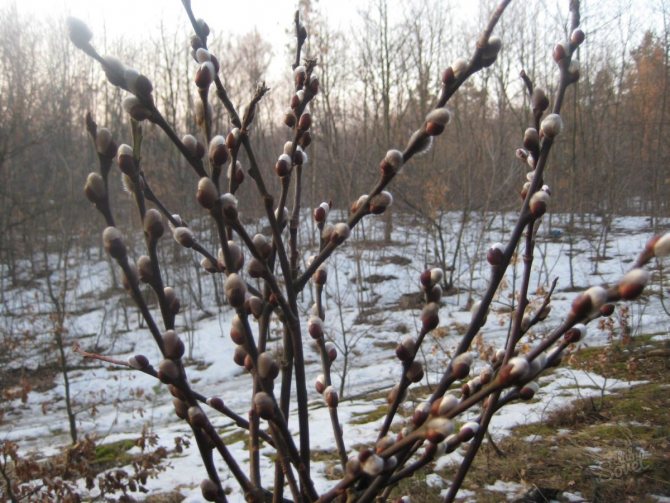
Traditional recipes
For the treatment of each ailment, its own scheme and recipe for making a potion is used.
How to create conditions for growing a tree
An unpretentious plant can grow in almost any conditions. To plant a new tree yourself, you need to take a branch from an adult plant and plant it in moist soil.
Despite the fact that the willow can survive in sandstones, and in a swamp, and in a field, and in a garden, it has its own preferences.
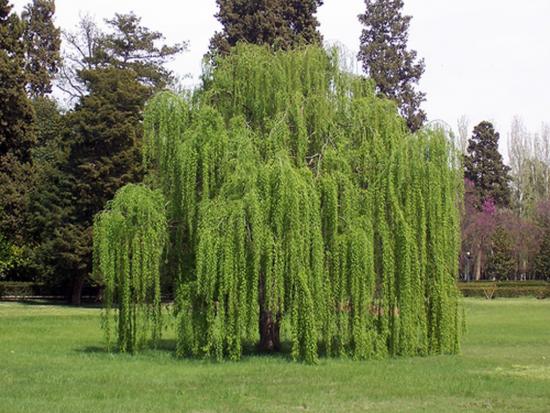
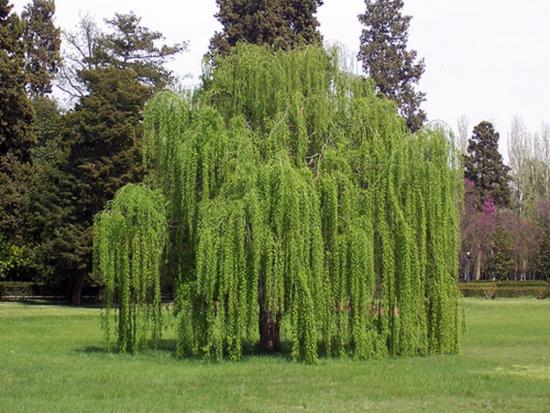
If you provide a newly planted bush with soil with high moisture and acidity, then the rooting process will be faster, and after a few years it will create thickets.
The willow is able to overwinter in severe frosts, waking up the very first and notifying about the coming spring with its fluffy buds.
Urban conditions with harmful car exhaust, industrial emissions and other atmospheric pollution are also not a hindrance to active growth.
The use of willow in cosmetology
The beneficial properties of pussy willow are actively used in home cosmetology.
Juice from willow bark helps to remove inflammation and redness on the skin, eliminate fine wrinkles. Fresh white willow bark is crushed, soaked in a napkin and applied to the face for 10-15 minutes. A decoction for rinsing hair is prepared from a decoction of willow bark and burdock rhizomes. It strengthens hair, removes dandruff and itching.
With the help of willow, warts are also removed. Ash is used after burning several branches. The powder is mixed with vinegar to a mushy state and applied to the warts until they disappear.
Botanical features
Understanding the question of whether a willow is a tree or a shrub, let’s look at the characteristics of the plants that we call willows. All willows, like other representatives of willows, have a long root system that can germinate to a depth of 15 meters. A person uses this feature by planting a variety of willows along the banks of rivers, thereby strengthening the coastline and preventing soil erosion. Young pussy willow plants really look more like shrubs than trees. But over time, growing up, a thin sprout turns into a large tree, the trunk diameter of which can reach 1,5 m and which is covered with gray, heavily cracked bark. The shade of the bark depends on the age. So, a young pussy willow is a tree with a light gray trunk, but an older plant will have a dark color.
The spreading crown of this tree consists of drooping, thin and flexible branches, the length of which can exceed 2 m. Young branches are hanging down, thin, with a delicate silvery fluff at the tips. Older shoots are more bare and colored reddish-brown or yellow-brownish. On the branches there are alternate lanceolate silky and silvery leaves, the length of which can reach 12–15 cm. In spring, simultaneously with the development of leaves, flower earrings, consisting of very small flowers, open. The willow blooms in April, and by May the fruits ripen – small bivalve capsules with small seeds covered with hairs.
Magical properties
The positive energy of the willow tree has a beneficial effect on the human body. Contact with the willow calms the nervous system and relaxes, the headache goes away.
Our ancestors endowed tree branches with magical properties. After consecration on Palm Sunday, they were kept in the house as a talisman capable of protecting the house and family members from misfortune and illness, evil spirits and unkind people.
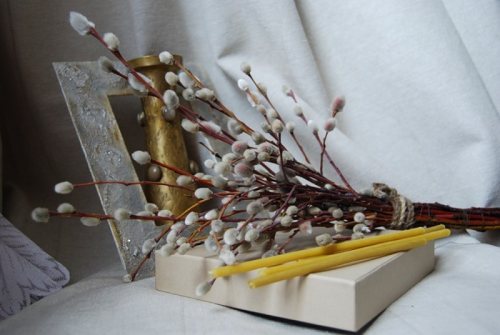
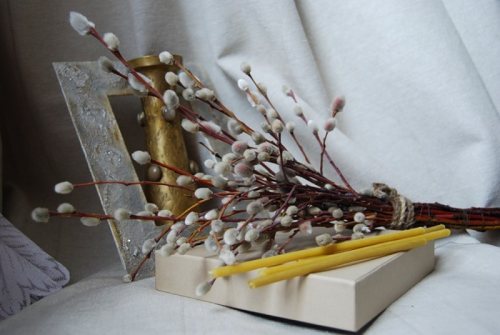
Guardian
Consecrated willow house omens
How many forces a man has not endowed with a miraculous plant. Our ancestors were convinced that a willow twig thrown against the wind could calm storms and prevent hail. The consecrated plant was always kept in the house for images and protected the dwelling from evil spirits and misfortunes. They even defeated the fire, threw it into the fire. If you hit the feet of a sick person with a blessed twig, he could recover. They beat the children with a branch, saying that the Mother of God herself was beating them, giving them health and luck. And they also put a twig under a kerchief or pillow to remove a headache. Consecrated twigs also protected animals from disease and thieves. They were fed willow pies, put a twig under the roof and drove the cattle out into the fields.


There is a beautiful legend according to which the willow was previously a mother of many children. She decided to prove her fertility to Mother Earth, for which she turned a woman into a tree. Therefore, in order to heal from infertility, women and men ate palm buds and wore special amulets with them. At first, the twigs were consecrated in the church, there was a service, and at home they were “treated” with the kidneys. In the old days, it was customary to shower newlyweds with buds and lash with branches for the appearance of healthy children. Sometimes the willow was even placed under the feather bed of the newlyweds.


Last year’s willow was burned on the eve of the holiday, and if a woman entered the house and asked for fire, they believed that she was a witch. The willow also gave strength and courage. For this, part of the twig was hammered into the wall. Before the long journey, they ate three buds from a twig and washed them down with holy water, believing that this would bring good luck. It was believed that the consecrated willow helps everyone in the fulfillment of desires. They put her in a vase, while the water was changed daily, and they talked with twigs: they asked, they complained. If the twig has dried up, it means that it has absorbed all the troubles. He was thanked and sent down the river or buried away from home. The blossoming branch was planted with the confidence that the tree would certainly fulfill the request.
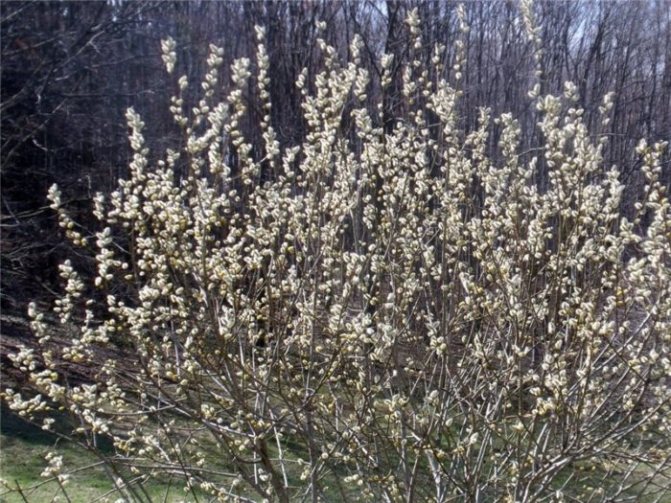

The most famous varieties of holly willow
- Variety ‘Blue Streak’ – notable for graceful blue-green leaves and young dark purple shoots with a white bloom. The old bark has a thin reticular pattern. Men’s earrings are silver in color with gold anthers, 5 cm long, while women’s earrings are green, not more than 3 cm. Awarded the Garden Merit Award from the Royal Horticultural Society.
- Variety ‘Lady Oldenham’ is an ornamental deciduous shrub, reaching one and a half meters in length and width. It tolerates pruning well, so it can be given any configuration. Inflorescences are smaller than those of the parent species. The leaves are elongated. The bark of young shoots has a bright shade. Grows better in the sun, but adapts to partial shade.
- The cultivar ‘Pendulifolia’ is a deciduous tall shrub or not very large tree with an openwork crown of obliquely upward branches. The side branches hang gracefully. The bark is dark brown, with a bluish-white bloom. Long, alternate leaves hang vertically downward. Their outer plate is shiny green, and the inner one is bluish-green. Narrow male gold-colored earrings are very decorative.
